1. Excessive Garden Gnomes
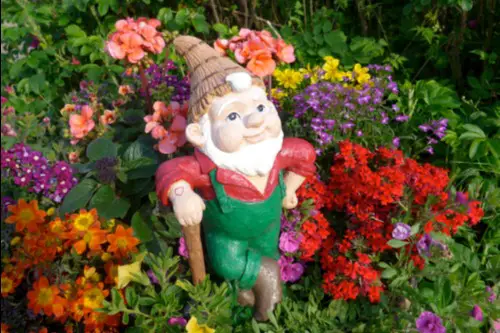
A few quirky lawn ornaments can be charming, but an army of gnomes staring at visitors usually has the opposite effect. Buyers tend to picture their own style in a home, and heavy personalization outside makes that harder. Instead of imagining their family in the yard, they’re distracted by how much personality they’ll need to erase. The yard starts to feel more like a theme park than a neutral canvas.
Gnomes also age poorly; many become faded, chipped, or weather-stained over time. This adds an unintentional sense of clutter, even if the yard is otherwise tidy. Potential buyers may not mention it, but they often mentally add “remove decorations” to their to-do list. The less they feel burdened, the more appealing your property becomes.
2. Faded Holiday Lights
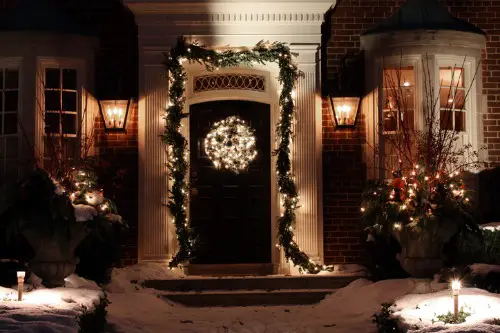
Twinkle lights are festive in December, but by March they start to look like procrastination. Buyers often notice when strands of lights are left year-round, especially if they’re sagging or partially broken. This hints that the homeowner may not be attentive to detail. Even small oversights like this can cast doubt about hidden maintenance issues.
Leaving lights up also changes the mood of the property. Instead of charming, it looks dated and unfinished. Buyers want to picture themselves celebrating holidays there, not inheriting leftover decor. Removing them clears the slate and restores curb appeal instantly.
3. Political Signs
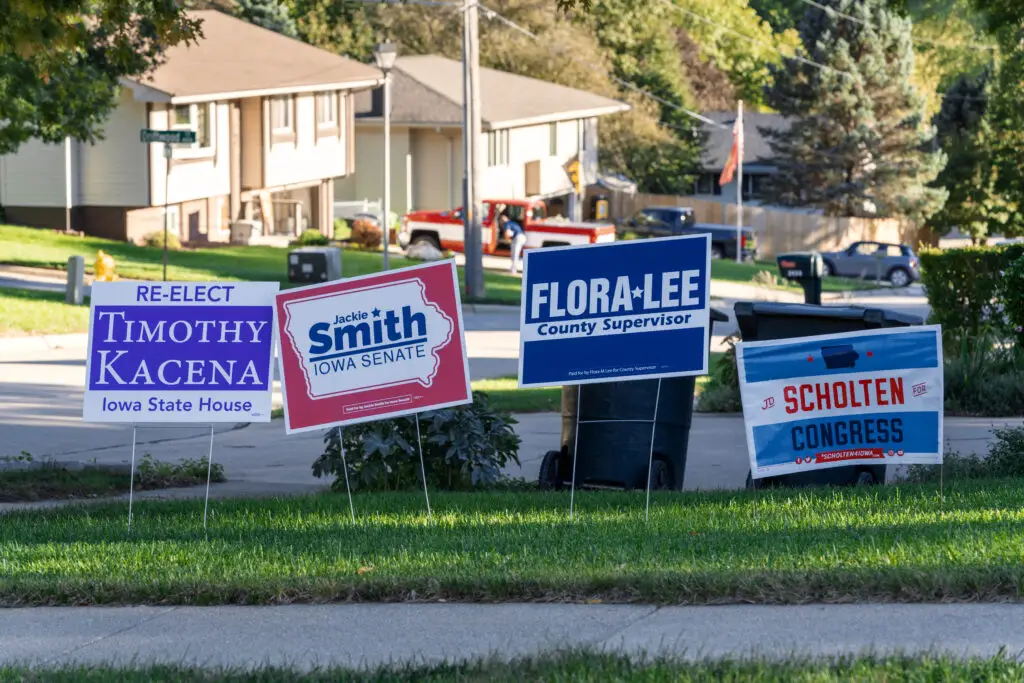
Yard signs that show political allegiance can instantly set the wrong tone with potential buyers. It’s not about agreeing or disagreeing—it’s about creating a neutral space where buyers feel welcome. Political messaging risks alienating half your audience before they even walk in. A home tour should feel like possibility, not debate.
Even after elections, old campaign signs can signal inattentiveness, as though the property hasn’t been updated. Some buyers even worry about neighborhood divisions when they see a lot of political signage. While you may feel strongly about your views, it’s best to keep them private during a sale. Neutrality is more inviting to everyone.
4. Inflatable Decorations
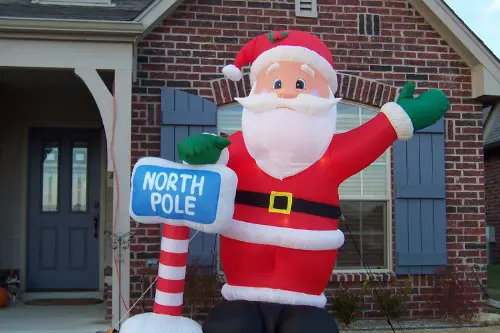
Those giant inflatable snowmen, Santas, or spooky ghosts can be fun in December or October. But outside of the season—or when overdone—they can send the wrong message to buyers. Large inflatables dominate a yard, making the space feel smaller than it really is. They also come across as temporary clutter rather than an intentional landscape.
Buyers also think about upkeep. Inflatables need to be plugged in, staked, and occasionally repaired, which suggests extra hassle. If they’re deflated and left lying on the lawn, the effect is even worse. Silent annoyance often comes from feeling overwhelmed before even stepping inside.
5. Rusty Old Cars
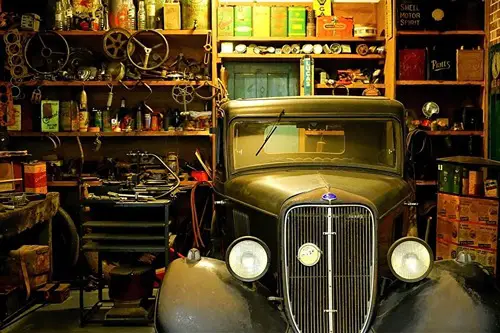
A car sitting on blocks or visibly rusting in the driveway is a red flag for most buyers. It creates a sense of disrepair and neglect, even if the house itself is pristine. Some buyers may worry about neighborhood rules or property value issues if they see abandoned vehicles. It’s less about the car itself and more about what it represents.
Beyond looks, buyers often imagine how their guests will feel when pulling up to the property. No one wants their future home associated with a junkyard vibe. Even if you see it as a project or sentimental item, others see hassle. That silent judgment can be the deciding factor when they compare homes.
6. Aggressive “No Trespassing” Signs
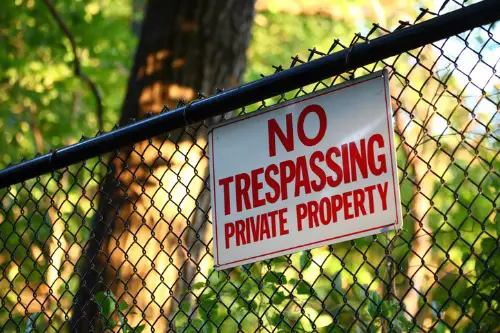
A single, tasteful sign can make sense, but multiple large warnings can feel hostile. Potential buyers want to feel welcome when they arrive, not intimidated. When the first thing they see is “KEEP OUT” in all caps, it creates tension. Even if it’s meant as a precaution, it changes the tone of the showing.
Too many warning signs also raise questions about neighborhood safety. Buyers may quietly wonder if crime is a problem in the area. Instead of seeing a secure home, they see a potentially stressful living situation. That gut reaction can sour the tour before it begins.
7. Overgrown Lawns

A lawn that looks like it hasn’t seen a mower in months is one of the fastest ways to turn off potential buyers. People often associate long grass and weeds with neglect, even if the inside of the home is spotless. Buyers may start wondering what other maintenance has been skipped. First impressions really do begin at the curb, and a wild yard suggests extra work right out of the gate.
It’s not just about aesthetics either—overgrowth can invite pests like ticks, mosquitoes, and rodents. Buyers often won’t say anything on the tour, but they’ll keep it in mind when weighing the effort needed. For many, moving into a house with a “project yard” is a hidden cost. That subconscious tally can make an otherwise great property feel like too much work.
8. Fake Grass That Looks Fake
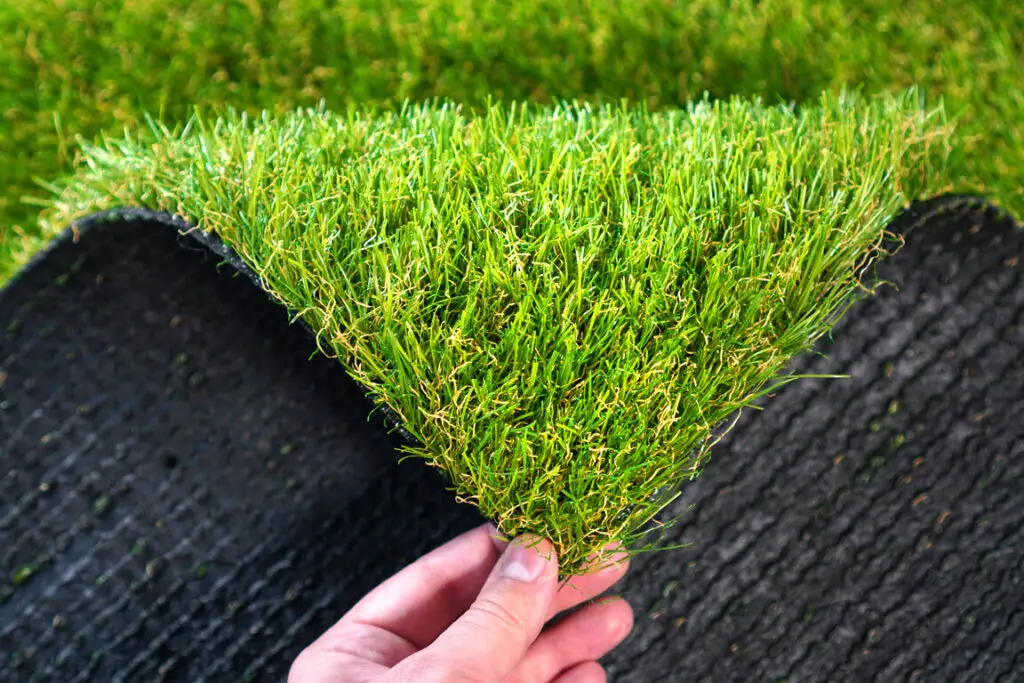
Artificial turf can be practical in dry climates, but when it’s clearly plastic-looking, it backfires. Buyers often crave natural elements, and bright green synthetic grass feels unnatural. If it’s poorly installed, seams and edges can be distracting. Instead of low-maintenance charm, it looks like a shortcut.
Another issue is heat—cheap turf can get uncomfortably hot in summer, which buyers may notice. It can also be a turnoff for pet owners who worry about cleaning and odor control. While some people love the idea of no mowing, others think about long-term costs and replacement. That silent divide makes natural landscaping a safer bet.
9. Overly Themed Yard Art
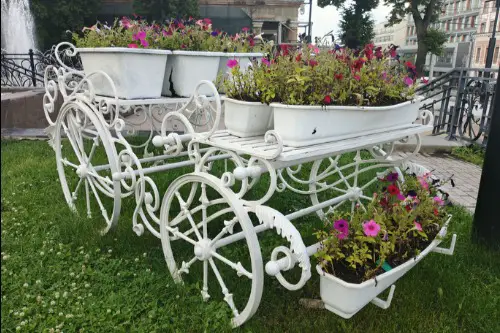
Whether it’s a pirate ship, a Western wagon, or a herd of metal flamingos, themed decor can overwhelm a yard. Buyers often have trouble imagining their own tastes in a space that’s heavily stylized. Instead of focusing on the home’s features, they’re distracted by the display. The stronger the theme, the harder it is to see past it.
These displays also date quickly—what felt fun years ago now seems kitschy. Weathering and fading only add to the sense of clutter. While the owner may love it, buyers silently tally up the work of removing it. Neutral, simple landscaping is always more versatile.
10. Loud Wind Chimes
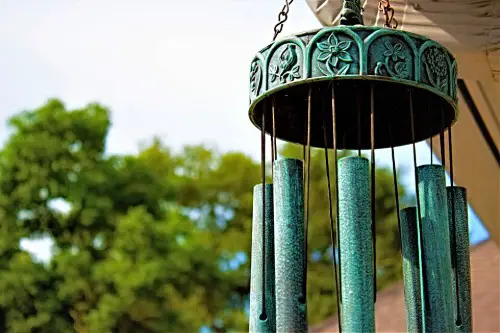
Wind chimes might sound peaceful to some, but for buyers, they can be divisive. A loud or constant chime may feel intrusive, especially during a showing. Instead of calm, buyers can find themselves distracted by the noise. It becomes one more sensory layer competing for their attention.
Chimes also hint at close neighbors or frequent winds, which buyers may interpret negatively. While not everyone will mind, it’s safer to remove them before a showing. Silence lets buyers focus on the property itself. You never want a sale undermined by something as small as a sound.
11. Plastic Flamingos

A single flamingo can be cute and ironic. A flock of them, though, sends the wrong message. Plastic birds often make a yard feel cluttered and outdated. Buyers usually want a clean slate, not a lawn that doubles as a novelty shop.
The issue isn’t just taste—it’s also maintenance. These decorations fade and crack under the sun, which signals aging or neglect. Even when well-kept, they often don’t align with the upscale image many buyers are hoping for. Removing them instantly modernizes the yard’s look.
12. Broken Fountains
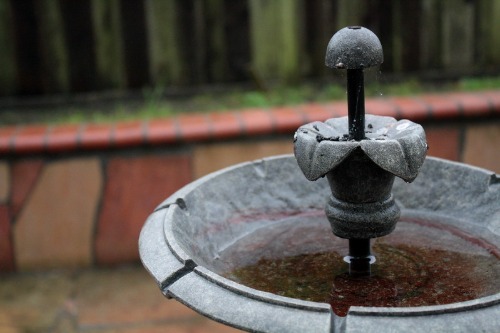
A fountain that doesn’t work is worse than no fountain at all. Buyers see stagnant water, cracks, or algae, and immediately think of repair costs. Instead of adding charm, the feature becomes a liability. It suggests ongoing maintenance they may not want.
Even small drips or missing parts can create an air of neglect. Buyers want to see functional features, not ones that need fixing. A broken fountain makes them wonder what else is broken inside. Silence on the tour often hides an inner tally of costs.
13. Overstuffed Planters

Planters can be beautiful when used thoughtfully, but too many make a space feel chaotic. Buyers often prefer simplicity, and an overload of pots sends the opposite message. Instead of a clean look, it feels like clutter. The more crowded the yard looks, the less expansive it feels.
There’s also upkeep to consider—potted plants need frequent watering and maintenance. Buyers may imagine inheriting that burden and quietly cross the home off their list. Even healthy plants can feel like too much if they overwhelm the entryway. A few well-placed planters are always more effective.
14. DIY Yard Projects Left Unfinished
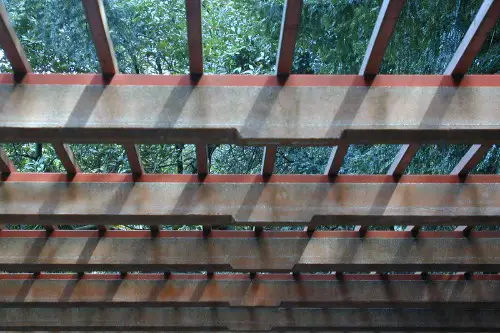
Half-built pergolas, uneven stone paths, or patchy garden beds send a clear signal: unfinished business. Buyers don’t usually want to complete someone else’s project. Instead of imagining possibilities, they see a to-do list. That sense of extra work can overshadow the home’s strengths.
Even if the project was well-intentioned, unfinished work reads as neglect. Buyers wonder if corners were cut elsewhere, especially inside. A clean, finished space inspires confidence, while an incomplete one plants doubt. Silence during the tour doesn’t mean approval—it often means calculation.
This post 14 Yard Decorations That Annoy Buyers Silently was first published on Greenhouse Black.
